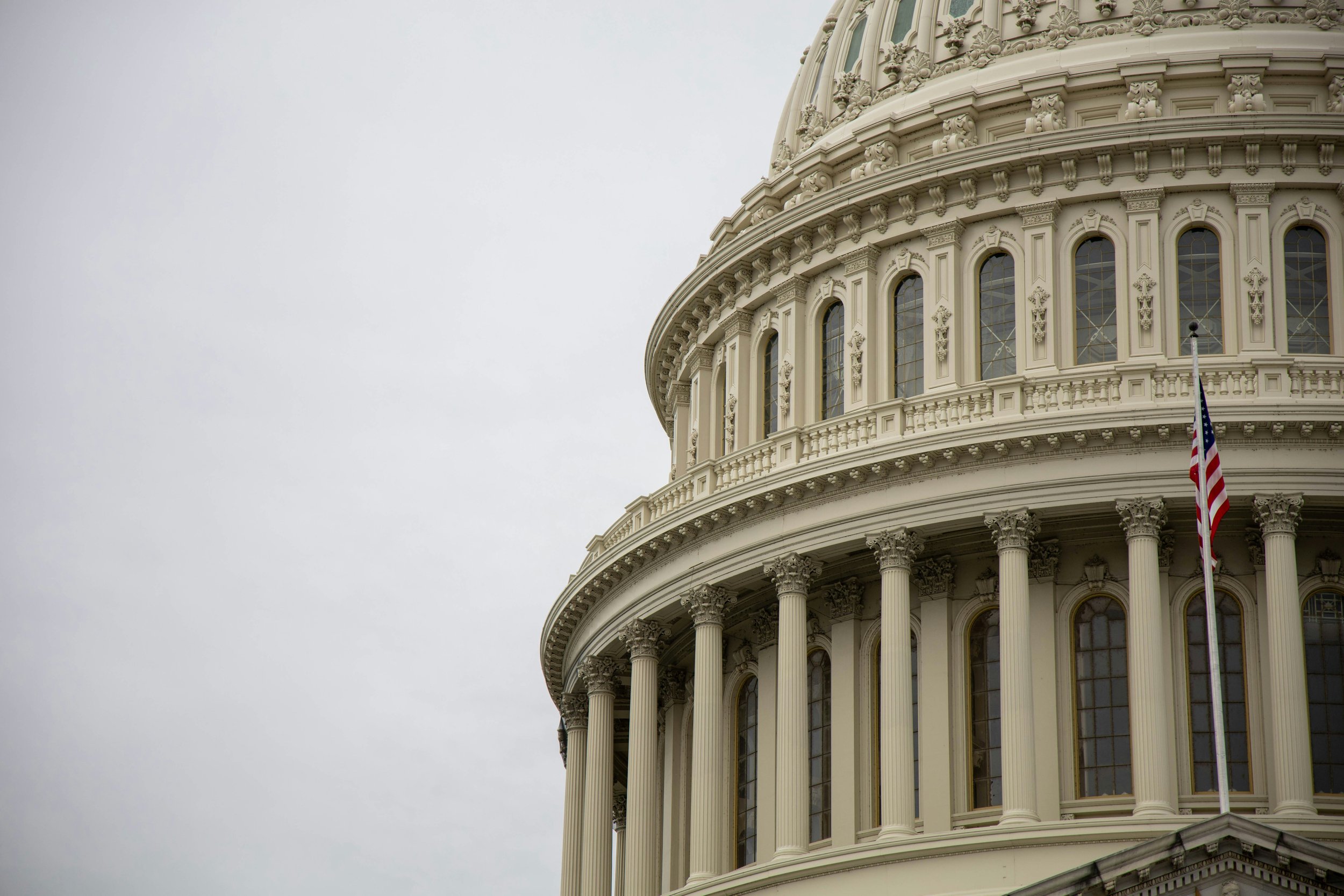How Will the New Administration Reshape the American Workforce?
As a new administration takes office, businesses, employees, and policymakers are looking ahead to understand how some of their upcoming policy changes may impact the workforce. From job creation and wage policies to workplace regulations and technological advancements, the next few years could shift things for both employers and workers.
While we don’t know many details yet, it’s important to stay informed and think ahead so that it’s easier to adapt to changes. Here are a few things that are on my radar that I think we should all be paying attention to, especially under the new administration:
The Future of Work: Remote, Hybrid, and AI Integration
Technology and workplace flexibility continue to reshape the workforce. Companies (and the federal government) are revisiting their long-term remote work policies, upskilling initiatives, and AI adoption strategies to align with potential regulatory shifts.
Some specific things to watch are:
Potential labor regulations addressing remote and hybrid work arrangements
AI and automation policies affecting job displacement and skill development
Investments in workforce training and digital literacy programs
Immigration and Workforce Development
Many industries, including agriculture, technology, and healthcare, rely on immigrant workers. The new administration’s stance on immigration policies such as work visas, employment-based green cards, and DACA will directly impact businesses and job seekers.
Efforts to streamline the immigration process for skilled workers could help fill critical labor gaps, while policies aimed at expanding workforce training programs may provide more opportunities for domestic job seekers to compete in high-demand fields.
Workforce Aging and Declining Birth Rates
The U.S. workforce is aging, and birth rates are declining, which means fewer workers will enter the labor force in the coming decades. Immigration has historically helped counteract this trend by bringing in younger workers, but some of the new restrictive policies may change that.
Without a steady flow of working-age immigrants, industries that depend on a young, skilled workforce may face long-term labor shortages and economic stagnation.
Diversity, Equity, and Inclusion (DEI) Initiatives
Workplace diversity efforts are already being challenged or eliminated. Companies should regularly review labor law updates and if needed, consult legal experts to ensure their policies align with new regulations. Ideally, companies should also maintain their existing inclusive hiring and retention practices as they align with their business goals.
I expect that the workforce landscape will continue to evolve as the new administration implements policies affecting employment, labor laws, and economic growth. Organizations and professionals who stay informed, adapt strategically, and invest in long-term workforce planning will be best positioned to navigate these changes successfully.
What strategies are you implementing to stay ahead of these kinds of workforce changes?

